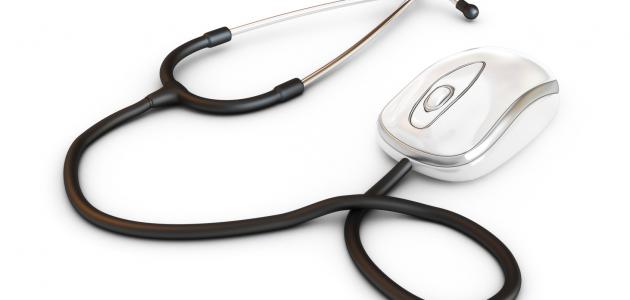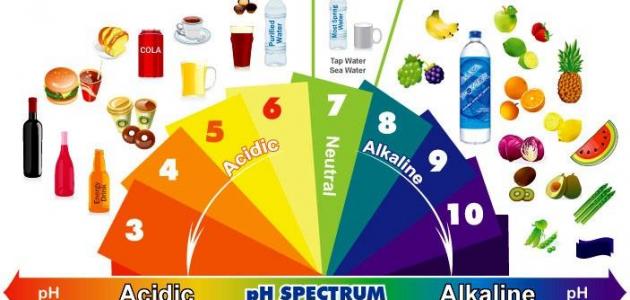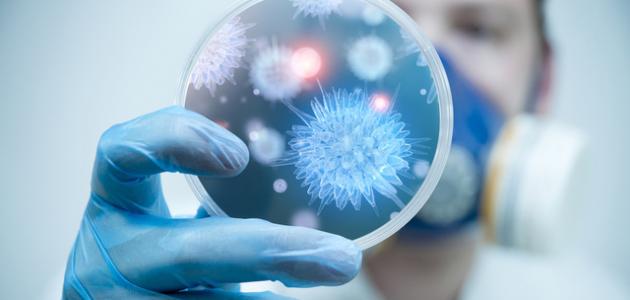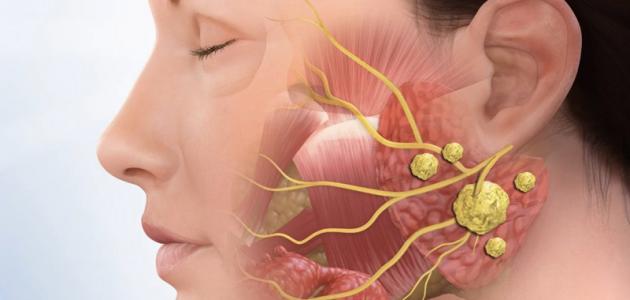Contents
MRSA bacteria
MRSA is the term for methicillin-resistant Staphylococcus aureus, and this type of bacteria is characterized by its resistance to many types of known antibiotics , and this type of bacteria lives naturally in the nose and on the skin, and does not cause any harm On humans, and a wound or a surgical procedure may multiply the bacteria significantly and cause infection , and the symptoms of infection depend on the location of the infection, and often cause skin sores and boils, and may cause some more serious health complications in some cases when they are transferred to the bloodstream, Lungs, or urinary system, and this type of bacteria is highly contagious and can be transmitted through direct contact with the infected person, or by contact with surfaces that contain the bacteria transmitted from the infected person, although some cases of MRSA infection may pose a risk. However, most cases can be treated effectively. [1] [2]
Symptoms of a MRSA infection
MRSA is found in many people and it is often found in the mucous membranes, and it does not cause any symptoms in them, and in the event of a skin infection with this type of bacteria, a skin lump or ulceration may appear, and it may appear like an insect bite, and the area of infection is characterized by its inflammation and redness And its high temperature, full of purulent fluid and causing it pain, and it is also accompanied by a fever. As for cases of serious infection with MRSA bacteria in which the infection occurs in deep body tissues or in the blood, it is accompanied by a number of symptoms, including the following: [3]
- Failure to heal wounds.
- The appearance of a rash .
- Have a fever .
- Headache.
- Feeling of chills.
- Feeling sick.
- Being dizzy .
- Shortness of breath.
- Infection cough.
- Feeling of pain in the chest area.
- Feeling confused.
- Feeling of muscle pain .
- The affected area is swollen, and painful when pressed.
Types of MRSA infections
MRSA infection is divided into two main types: Hospital-acquired MRSA infection for HA-MRSA, and community-acquired MRSA infection and for short CA-MRSA. For the differences between the two types: [2] [3]
- Hospital-acquired MRSA infection: The chance of contracting MRSA infection increases in people who have a weak immune system or because of a weak immune system as a result of infection with some health conditions, which increases the chance of infection while in health care centers such as hospitals, and health care homes, The infection is transmitted through direct contact with an infected wound, or through the use of poorly sterilized surgical instruments during surgery, and infection with this type of bacteria may be accompanied by the occurrence of some health complications such as infection with pneumonia , and based on the results of some studies that have been conducted Recently, the rate of infection with this type of bacteria has decreased by nearly 50% during the past few years compared to the rate of infection during the previous years. [2] [3]
- Community-acquired MRSA infection: Among this type of infection are cases in which MRSA is infected outside health care centers, and according to CDC statistics, only 14% of all MRSA infections fall into this type Factors that increase the risk of developing this type of infection include the following: [2] [3]
- Being exposed to a cut in the skin, or getting medicines by injection frequently.
- Contact with contaminated surfaces.
- Prior use of antibiotics.
- Lack of attention to personal hygiene , or the use of polluted public facilities.
- Being in crowded places such as prison, military bases, and university housing.
- Doing sports that require direct contact between the skin of many people, such as rugby, football, and basketball.
Prevention of MRSA infection
You can follow some tips to help prevent infection with MRSA bacteria, and these tips include the following: [4] [3]
- Washing hands with soap and water: Taking care of hand hygiene is one of the best ways to prevent infection with MRSA, and you must make sure to wash your hands using soap and water well for a period of at least 15 seconds, or by using hand sanitizer that contains at least 62% of alcohol Doctors and health care providers are also advised to wash their hands between patient visits.
- Covering wounds: The purulent fluid for infected skin ulcers may contain MRSA bacteria, so cleaning wounds and covering them with a sterile, dry dressing will help prevent them from becoming infected, and wounds must continue to be covered until they are healed.
- Not sharing personal items: You should avoid sharing personal items such as razors, towels, blankets, clothes, or sports equipment, as MRSA bacteria have the ability to transfer by sticking to surfaces to a healthy person.
- Shower after exercise: Be sure to shower after playing matches or sports with soap and water, taking care to avoid sharing the towel with anyone.
- Washing linens and clothes: In the event of a wound or skin sores, be sure to wash all bed linen and towels in a washing machine under high temperature, and dry them well.
- Isolation of infected patients: Care must be taken to separate people with MRSA infection from other hospitalized patients.
- Ensure the cleanliness of health care centers: by cleaning them regularly and washing surgical equipment, patients 'clothes, and health care providers' clothes.
References
- ↑ "Understanding MRSA Infection - the Basics" , www.webmd.com , Retrieved 14-6-2018. Edited.
- ^ A b t w Verneda Lights, Solan . Matthew, " of MRSA (Staph) Infection" , Www.healthline.com , Retrieved 14-2-2018. Edited.
- ^ A b t w c Hannah Nichols , (13-11-2017), "Trade shows All You Need To Know About of MRSA" , www.medicalnewstoday.com The , Retrieved 14-6-2018. Edited.
- ↑ "MRSA infection" , www.mayoclinic.org , 9-9-2015, Retrieved 14-6-2018. Edited.










